In a world where girls and women are all too often denied the same opportunities as their male counterparts, it’s hard not to see planet Earth as one big boys club.
But did you know that, for a handful of societies around the world, that script is actually flipped? In parts of Canada, Indonesia, China, and West Africa, among other places, women run the show to varying degrees.
Some cultures give women exclusive rights to own property. Others look to their women for leadership and decision-making. Still others, known as matrilineal societies, trace descent through the mother’s side of the family.
If you’re having trouble picturing such a society, you’re in luck: Karolin Klüppel, a photographer from Germany, recently spent 9 months living with, and visually documenting, the Khasi people, a small, matrilineal society in north-east India. Her photo series, titled “Mädchenland” (“Kingdom of Girls”), offers a vivid depiction of matrilineal culture through the eyes of its youngest matriarchs-to-be: Khasi girls.
In an email Q&A with me, Karolin shared stories about her experience working with these girls, as well as what those of us living in more male-dominated societies can learn from her images. After the Q&A, scroll down to view a selection of images from the series.
(Editors Note: Karolin’s responses are presented here in their entirety, with minor edits for clarity.)
Hans Glick: Gender has been a recurring theme in your work. What was it about the Khasi and their unique regard for women that drew you to this project?
Karolin Klüppel: I have been interested in matriarchal and matrilineal societies for a long time. The Khasi caught my attention because of many different aspects, but also simply because they live in India. I traveled through India some weeks before I came to Meghalaya and I must admit, it was a challenge. Shillong was then the first place where I felt totally safe as a single female traveler. The atmosphere is totally different and I could feel that people respect one another regardless of the gender. What drew me to the project was to experience this contrast to show another side of India.
HG: Did the experience of photographing these young girls present any unique challenges? Any unique rewards?
KK: Most girls of Mawlynnong loved to be photographed, otherwise it would not have worked out so well. I would say it was very rewarding to spend so much time with them. A bit challenging was the language barrier during the first weeks but we always managed to communicate.
HG: Some of the photos seem posed, others more spontaneous. Did any of the girls take an interest in how they were photographed? Or did you have to prompt them to do most things?
KK: Many girls definitely had an interest and came up with their own ideas of how they wanted their picture to be. Often we worked together. Many pictures are not staged, although it seems so, like the picture of Yasmin combing her hair in front of the mirror. Then it was like I was involved in their game. Also lacamti, when she was diving. She definitely wanted her picture taken. If I had a very special idea in mind, like the picture of the kwai on Anisha’s head, I asked for the girl to pose for me.
HG: Can you give an example of how the girls you spent time with behaved or carried themselves differently than they might have if they grew up in a patrilineal culture?
KK: For me, girls were more present in Mawlynnong than boys—same for women and men—and they are very self assured. It would make sense to draw a comparison between the behaviour of the girls of Mawlynnong to girls of other indian villages. I can just guess that it must be different because I have no experiences. To draw a comparison to western patriarchal societies would not make sense because character is influenced by so many aspects.
HG: What do you think other societies can learn from a matrilineal culture like the Khasi?
KK: Well, the Khasi culture also has its contradictions. There is definitely no gender equality here. Men usually do not own any property in the Khasi society, and their children do not belong to their clan. As a result, men sometimes feel unimportant and not very responsible for their families. There is even a group of men waging a battle for ''men's liberation'', the Syngkhong Rympei Thymmai (SRT) with 4,000 members.
What really impressed me—and what I miss very much in Germany—is how much the Khasi and Indians generally care about their family and friends. Human relationships seem very strong there, which seems reasonable, because of the poverty and the little support from the government. If you do not help each other, you are lost. In the Khasi society, I am sure, no one would ever feel lonely because people just need each other. Whereas, in my society, loneliness is something that a lot of people suffer from. Every culture has its tradeoffs.
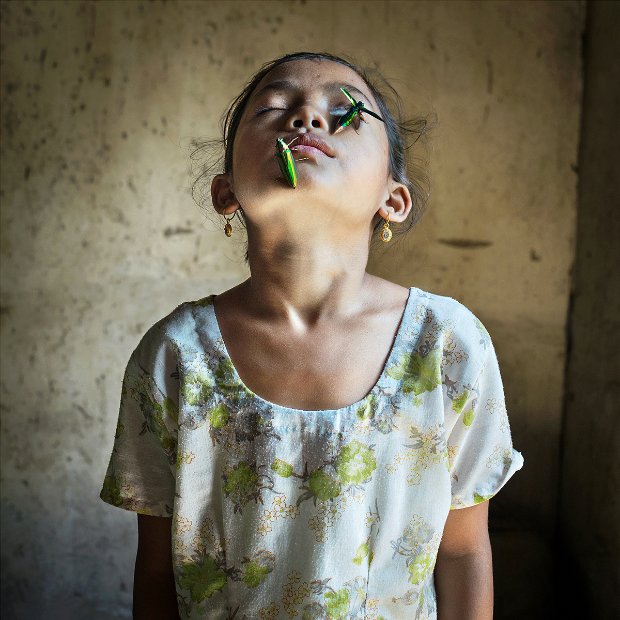

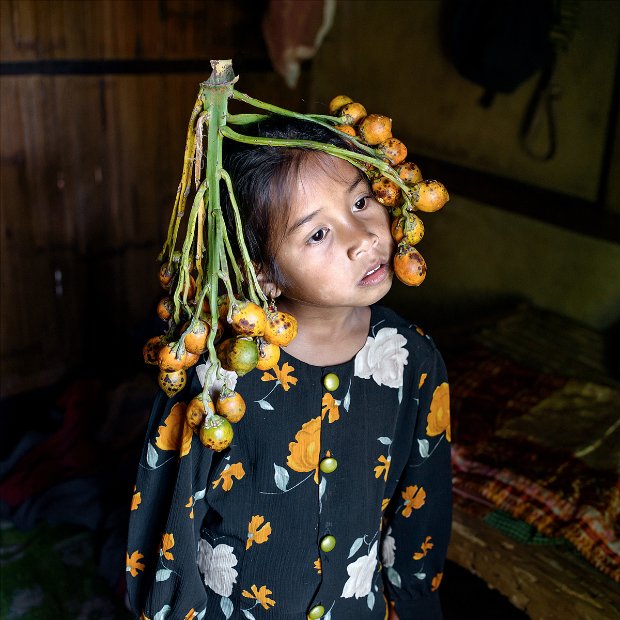
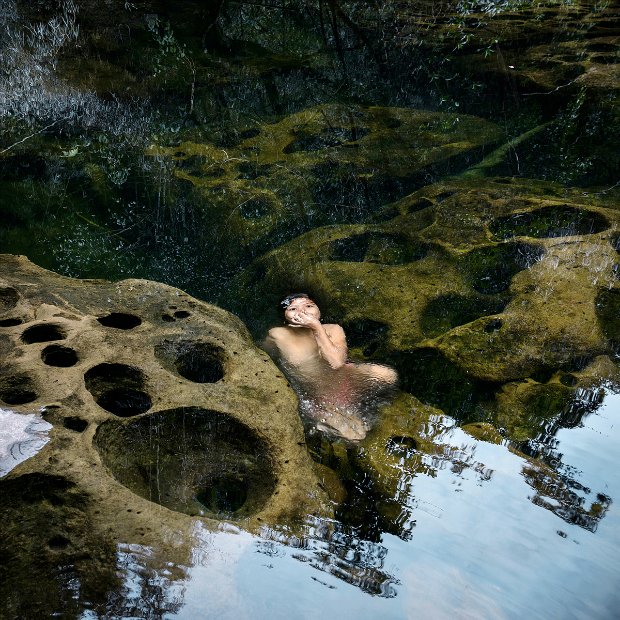

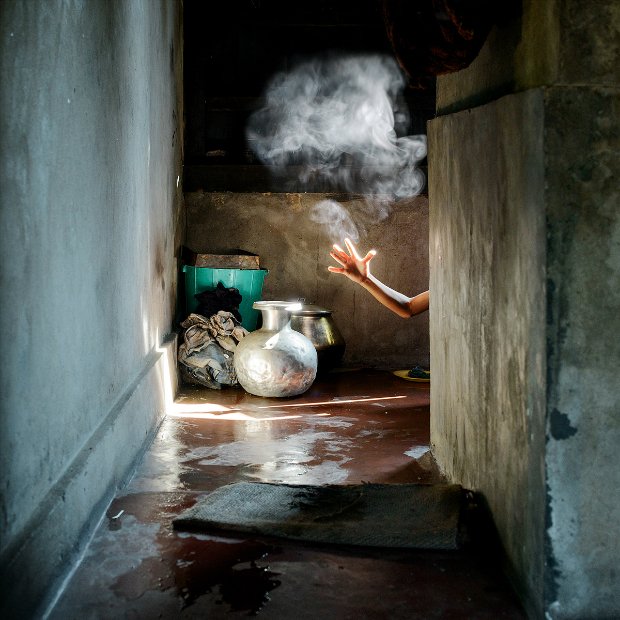
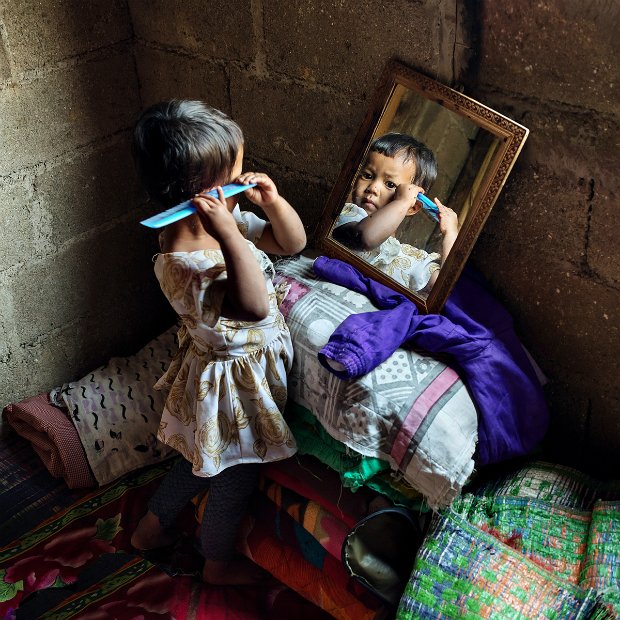

To see more of Karolin’s work, visit her website or follow her on Instagram. Tip of the hat to the New York Times’ always excellent photojournalism blog Lens, which first alerted me to Karolin’s work.